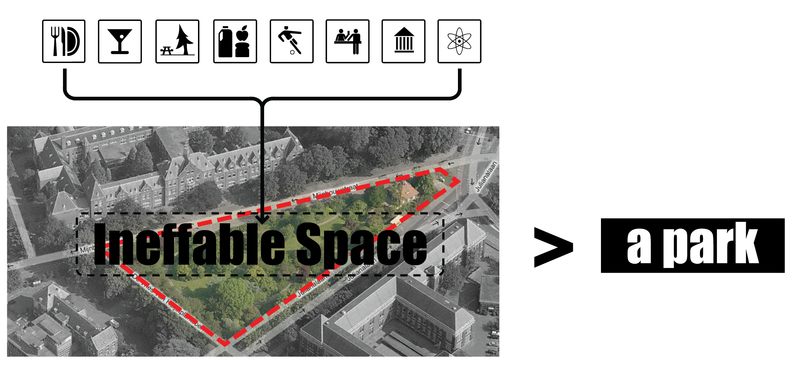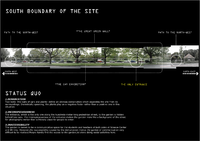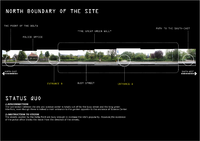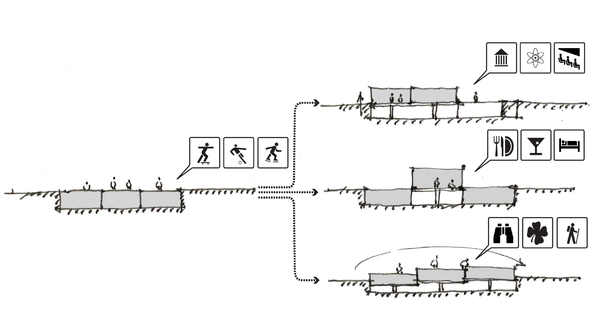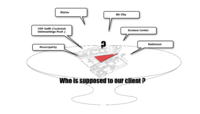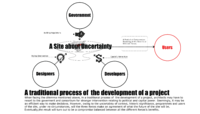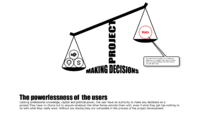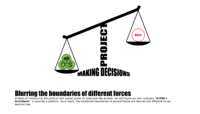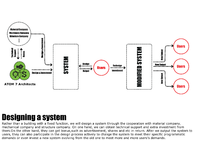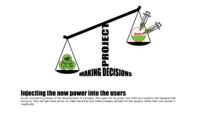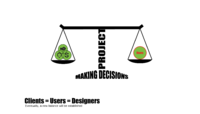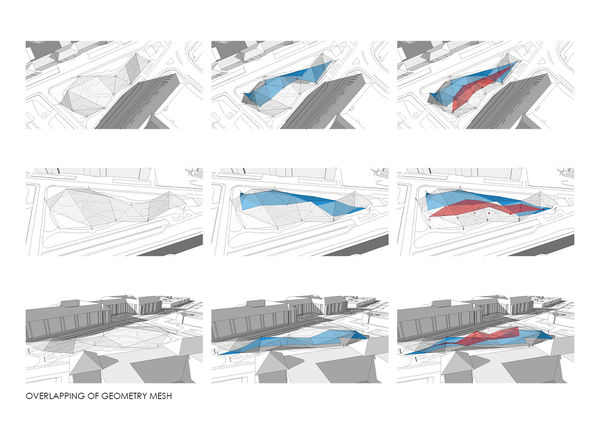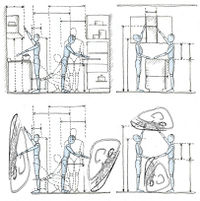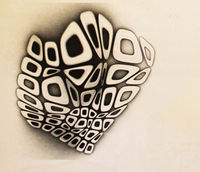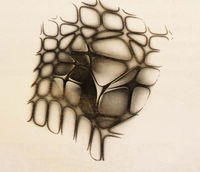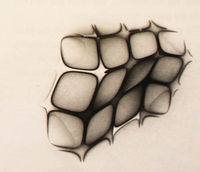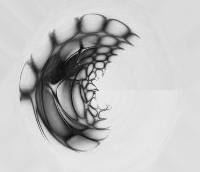atom07:Home
Contents |
Site
The site has diverse vegetation, a nice view of open space and surrounding buildings. However, the most disruptive influences are sound, and the very little activity.
Additional Information on Site Qualities
Concept
First and foremost architecture is the creation of a habitat for human living. Architect, Le Corbusier best describes remarkable spaces that he has experienced as ‘ineffable space’. He mentions that he is not a religious man, yet when entering certain spaces, a sense of spirituality is imbued in him. The ‘ineffable space’ that Le Corbusier speaks of has been lost and has been replaced by skin architecture. Advancements in technology have led to great achievements; the adaption of architecture into the digital age has been very sluggish. It is thus essential that the architect of today should attempt to move away from architecture as a visual stimulant, but rather go back to the roots of what architecture stands for - the creation of a healthy living environment for its users. Future architecture will be more dynamic.
The concept and drive for our design is the focus on architecture as an adaptable habitat, an architecture that fulfils the needs of its inhabitants. The design is dynamic, but that is not important. What is essential in the concept is that through a dynamic structure more functions are able to take place. This notion of changeable function creates the ultimate approach in architecture – the creation of space that allows for multiple and adaptable programme.
Design Challange Process
Making a intervention adaptable in such a way users will be tempted to use this new age architecture. In order to do this we need to do a bottom op design exercise where we need to investigate which party's will be attracted to such a project and where are the bags of money to fund the project.
Design approach
Validators
Users being such an important element of this design proces they need to be incoorperated in the project at an early state. In order to begin with a broad spectrum in the beginning some different actors where approuached and asked what their thouhgts and interest are for this project. Enthausiastic reaction overwelmed us. The foresight of having a space meeting exactly according to their requirements, whas a inviting foresight.
List of validators including their interviews.
Experimentation
1. User - object interaction
In this experiment we tried to see the interaction between an element and user. In the Orange Lecture hall we made several set ups which the users were able to adapt to the experiment to suite their demands. The set ups varried from comfortable to obstructive.
conclusions:
- People are willing to make a bigger effort to have a comfortable seat.
- It is nice to have a diverse arangement of spaces, caters for larger user group.
- People will sit close to their point of interest (lecture, other person, nearest bench on approach, etc).
- People will adapt their use to the given situation.
- People only change elements when it necessary.
- When a object seems heavy or when people feel exposed or embarrassed, they give up early in trying to adapt the seating arrangement.
2. GPRS Mapping of people and activities
3. Questioning if traditional anthropometrics are feasible for dynamic structures
Input output Actors
As a result of input from different actors on site, an active loop of information exchange and interactivity between building and actors will be generated in the design strategy - creating additional programmes.
Client
Funding will be provided by:
Stylos
Art Galleries
Science Centre
TNO (to confirm)
[Michael Diagrams] x 6
Specialisation
Strategies and solutions for customization of programme – via fabrication and experimentation.
Financing
Funding will be provided by.
Maintenance of site - Income from rentable space.
[Michael spider diagram of clients]
Experts
TU Delft Architecture Department - Susanna Komossa - Public realm Studio
Gallery Owner – Linda Ammerlaan
Ergonomics of Structure - Industrial Designer, Andre Taris
Hardware-
Software- Roxana Palfi (still to confirm) + Online Forums
Business Strategies- Yes Delft, Delft Design
Research
Research covers all aspects from site to climate design. As we are following a reverse engineering protocol, more data about the site will become available as the project progresses.
References
The references for this project are widly spread. Different aspects of the intervention use different references.
References
The references for this project are widly spread. Different aspects of the intervention use different references.
- “I propose we leave math to the machines and go play outside.”
- - Calvin & Hobbes''
